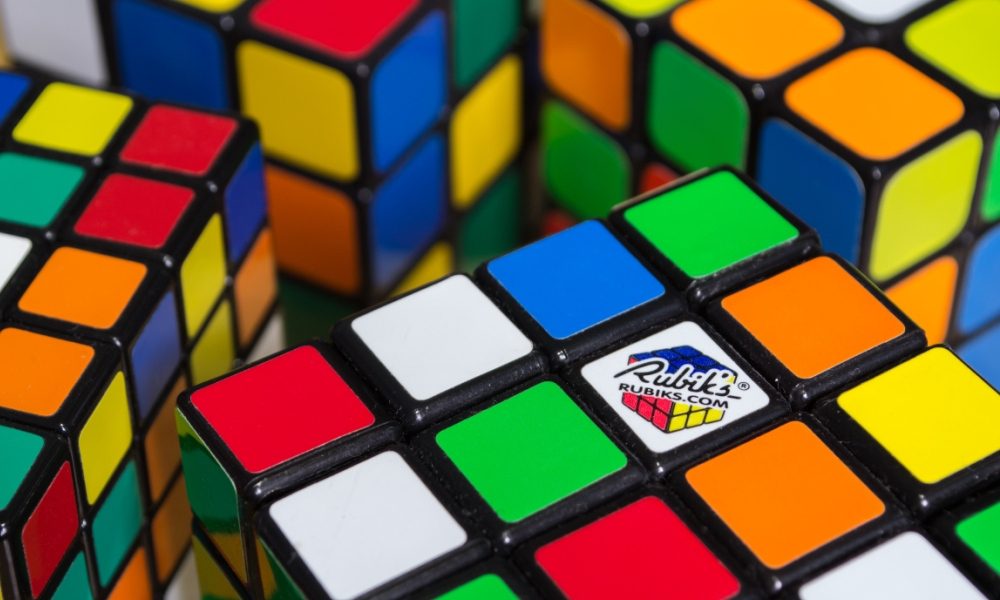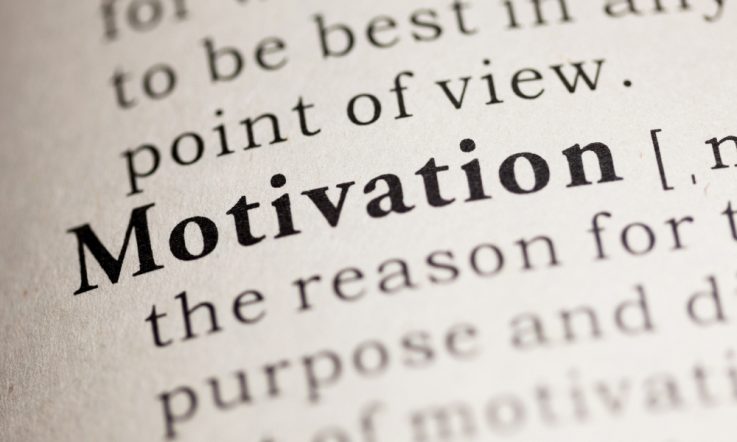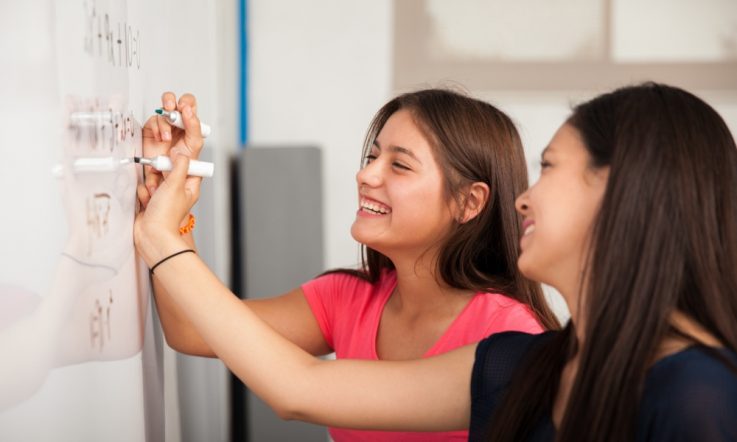On Thursday, 30 March 2017 at 9.21pm AEDT I successfully solved a Rubik's Cube for the first time. We ask students to do it every day, but when was the last time you ventured out of your comfort zone to learn something new?
I don't mean ‘self-learning' via a YouTube video, flicking through a book or an instruction manual, or surfing the internet. Rather, learning a new skill with the aid of a teacher in the same room.
As an educator, it's interesting to reflect on how you feel when you put yourself in that position; the highs and lows that boost and hamper your progress, the help and scaffolding you received along the way. And if this is how we feel as adults (with more years of experience, tools and strategies under our belts), what's it like for school-aged students?
The challenge
A few weeks ago we were having lunch at work, chatting about things we've always wanted to learn: new languages, musical instruments, flying an aircraft, ski jumping ... you know the kind of conversation. Something I always wanted to learn from childhood that seemed as difficult to me in 2017 as it did in the 1980s is how to solve the Rubik's Cube.
I actually said words to the effect of ‘I'm no good at that sort of thing, I could never do it'. One of my colleagues pointed out I was demonstrating a ‘fixed' rather than ‘growth' mindset and it was definitely possible. Not only this, but he pledged to teach me how to solve the Rubik's Cube in less than a week. This is how it would happen:
- The task would be broken down into small chunks (think rows and faces rather than the whole cube at once), taught in 20 to 30 minute blocks on three consecutive days;
- On day one I'd practice at lunch with extra guidance from my teacher, then for five minutes every hour (with regular teacher check-ins), and at home on my own;
- On days two and three I'd practice at lunch with my teacher and at home; and,
- On day four I'd celebrate my achievement by demonstrating my new skill in front of colleagues at our weekly morning tea.
I accepted the challenge and felt excitement at finally being able to solve this ‘toy' the standard way (without taking it to pieces and rebuilding it – I'd figured out how to do that when I was a kid). There was also fear that I'd mess it up in public on day four.
To prepare, I thought it might be a good idea to watch a video of someone solving it. I found footage of a robot (0.637 seconds) and read the human record is 4.73 seconds, set by Australian student Feliks Zemdeg last year. At this point, I reminded myself my goal was simply completion.
How did it go and what else did I learn?
The moment I completed the final turn to solve the cube for the first time was my personal high in this learning task. Interestingly, the low point was about 90 minutes earlier when I thought it was never going to happen, or would take several weeks. One of the things that kept me going was a reminder from my teacher earlier that day that it's natural to have plateaus and dips when you're learning something new.
Encouragement from my teacher and colleagues, and constructive feedback on how I was going also made a big difference – for example, successfully completing the chunked tasks but overthinking and overcomplicating them was something I started throwing into the mix on day two. Here are some more reflections on the process, from my perspective as a learner.
- I didn't always understand what was happening to the pieces. For some of the steps I just recognised a pattern and repeated an algorithm I'd memorised. That didn't matter so much to me on this occasion because the aim was to solve it. Having a deeper understanding in the future would take my learning to a new level.
- I had the freedom to put my own spin on the way I approached the tasks. For example, I had a different way of writing down the instructions and orienting the cube for certain moves. I suspect I may have found it harder if I was made to stick to my teacher's exact approach.
- It was very easy to forget an instruction or explanation, almost instantly. As an adult, I had the confidence to stop and say ‘the thing you said 10 seconds ago, I've already forgotten it, can you go through it again?'. Some students keep quiet when this happens to them. And if they do say something they don't always get a positive response from their teacher.
- On day one, when I was learning the very first steps and everything seemed completely alien, my teacher made regular check-ins during the afternoon. It was a chance for me to ask extra questions and check my own understanding. What if students don't understand the task you've set them for independent work? Will they have the confidence to ask for more information or support?
As we got to the more difficult, final stages of the Rubik's Cube challenge my teacher had to go back and brush up on his own solving skills before the lesson with me. From his perspective, this was a great reminder that teaching is also learning.
Reflect: Think about the last time you ventured out of your comfort zone to learn something new. From your perspective as a student, what did it feel like? What helped or hindered you along the way?
Discuss: Share your experiences with a colleague. How could these learning experiences help you in your own teaching?



